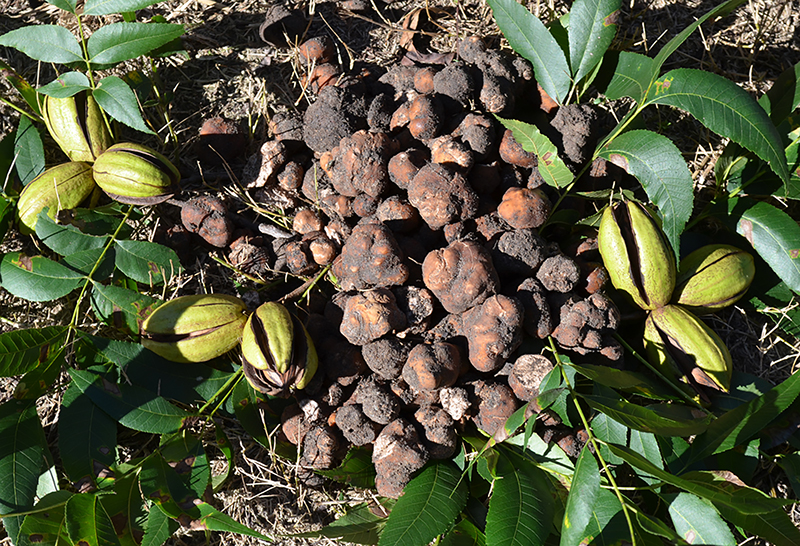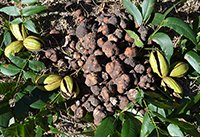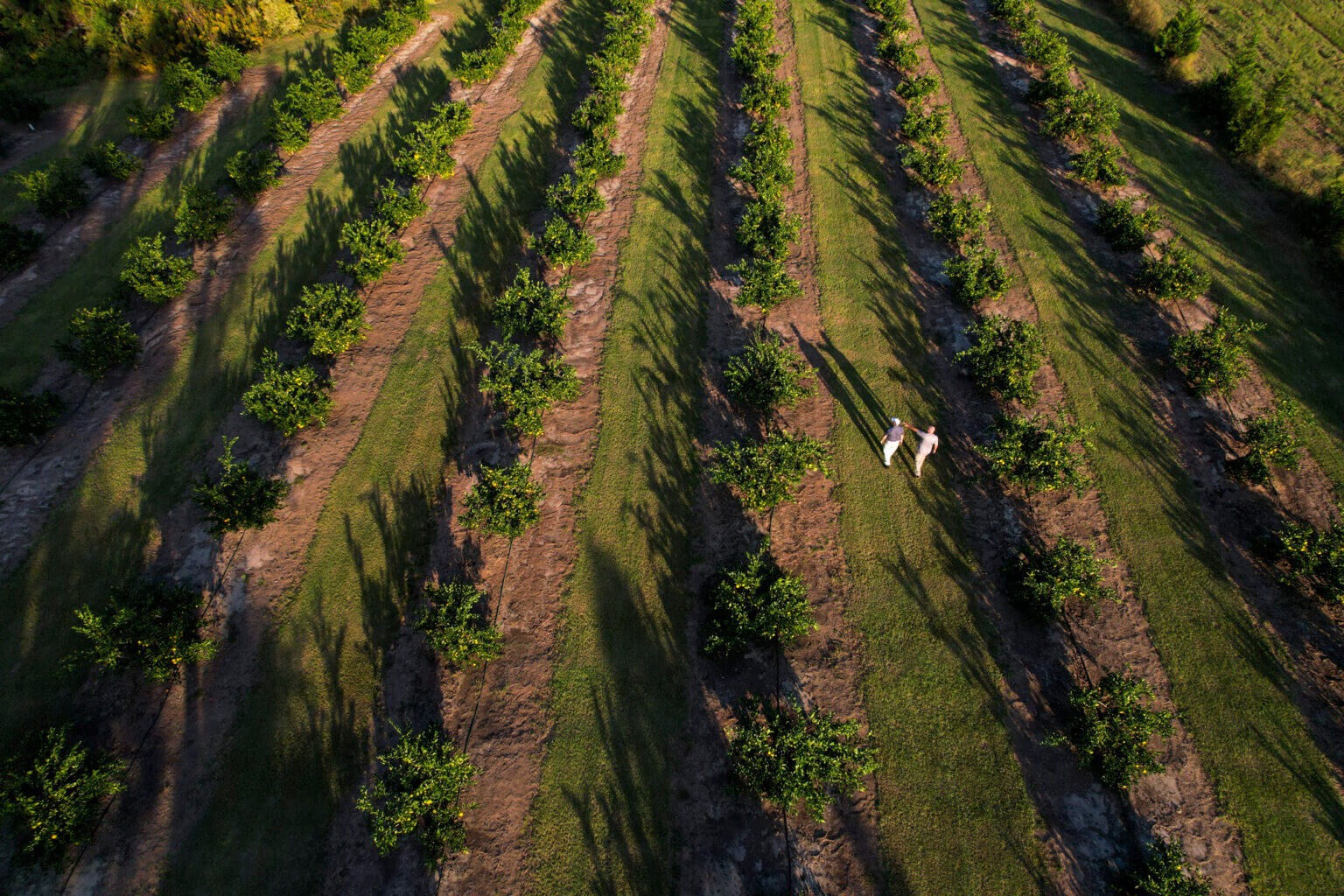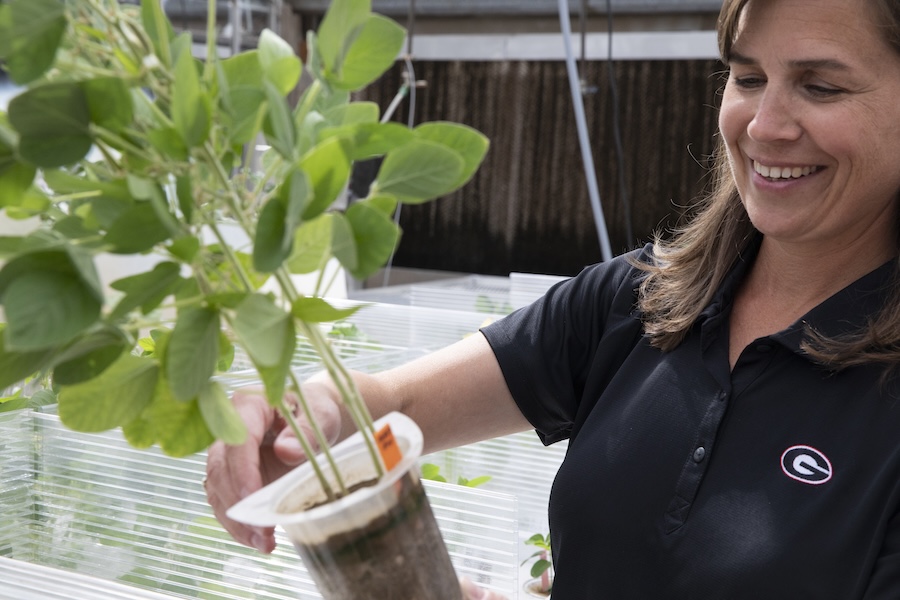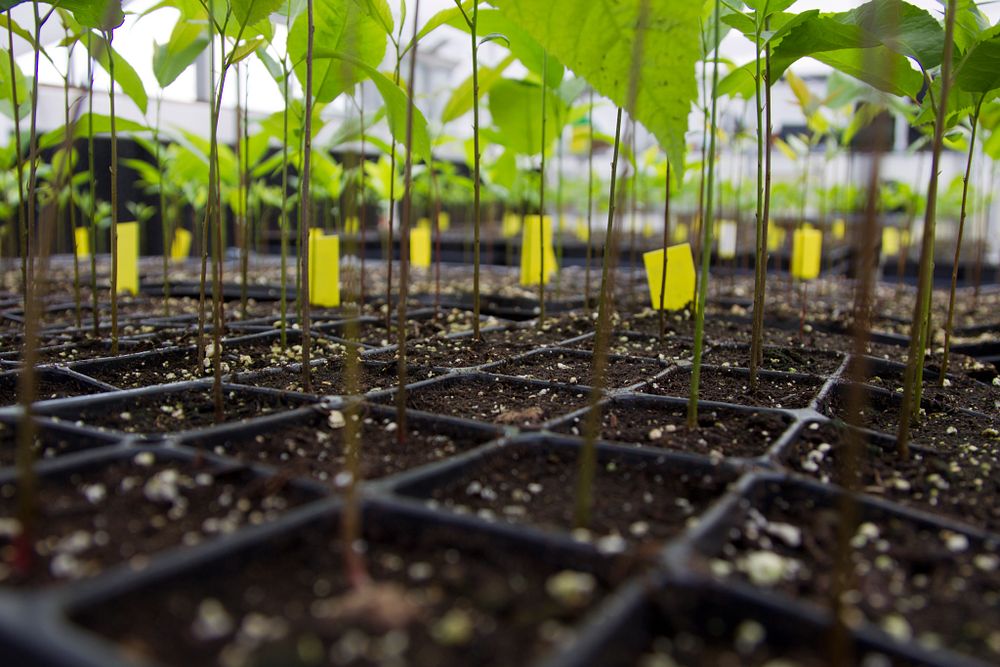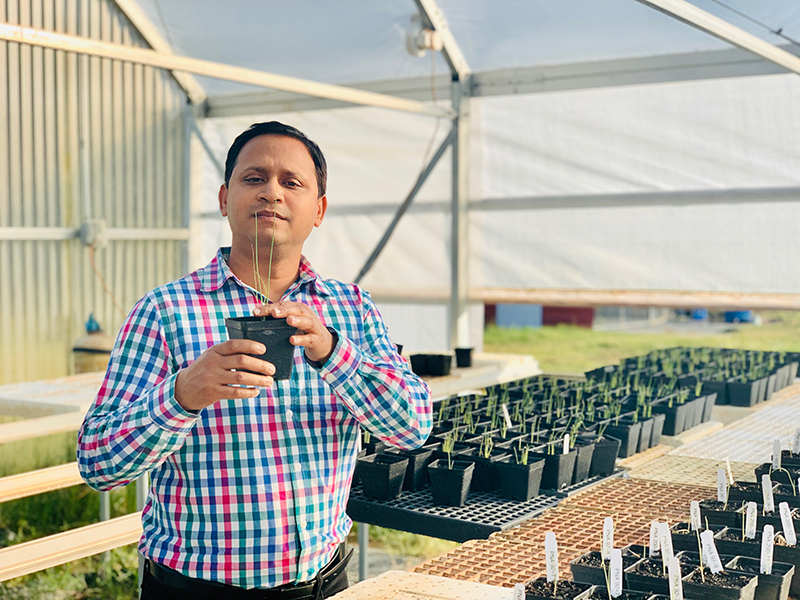University of Georgia plant pathologist Tim Brenneman has studied the viability of truffles in the state’s pecan orchards for years. This winter, he will advance his research by introducing the European variety of truffles to Georgia pecan trees.
“With collaborative researchers in Florida and Michigan, we are trying new ways of introducing the fungus to young trees so that all trees have truffles instead of just some of the trees in an orchard,” Brenneman said.
Pecan truffles are expensive, and their incorporation into a pecan orchard represents potential monetary gains for growers, he said.
Native pecan truffles can sell for $200 to $300 per pound in local markets. They are more economically priced than European truffles. Truffles and truffle-related dishes are growing in popularity among chefs.
“We’re just trying to make these native truffles more well-known,” said Brenneman, who conducts his truffle research at the Ponder farm on the UGA Tifton campus. “We also have to find a way to produce them more consistently. Pecans can host the high-value European truffles. If pecan farmers can grow those, then returns from an orchard would be much greater than just the value of pecans alone.”
Four to five years, or more, may elapse before Brenneman sees results from his introduction of truffles to Georgia pecan trees. He discovered pecan truffles in Georgia in the late 1980s and has since been searching for ways to consistently produce them.
The color — various shades of yellow and brown — and seeming invisibility of truffles makes them difficult to harvest. They grow beneath the soil on the roots of pecan trees. Growers often don’t know they have truffles until they dig them up or accidentally find them during harvest. If they do know they have truffles, they might employ a truffle-sniffing dog to find the mature truffles, which exude a very strong, earthy aroma.
Truffles protect the roots of pecan trees against pathogens and increase nutrient uptake. Unlike mushrooms, they are completely enclosed and grow below the ground. Spores form and drop from little pores, or gills, on the underside of mushrooms and are spread by wind or rain. Truffles, on the other hand, are comprised of an enclosed mass of spores and are designed to be spread by animals, such as mice and wild hogs. These animals smell the strong aroma, dig up the truffles and eat them. The truffle spores are then digested by the animal and are deposited in a new area.
For more information on pecan truffles and Brenneman’s research, visit timbrenneman.org/pecan-truffles.
(Julie Jernigan is an intern at UGA-Tifton.)

